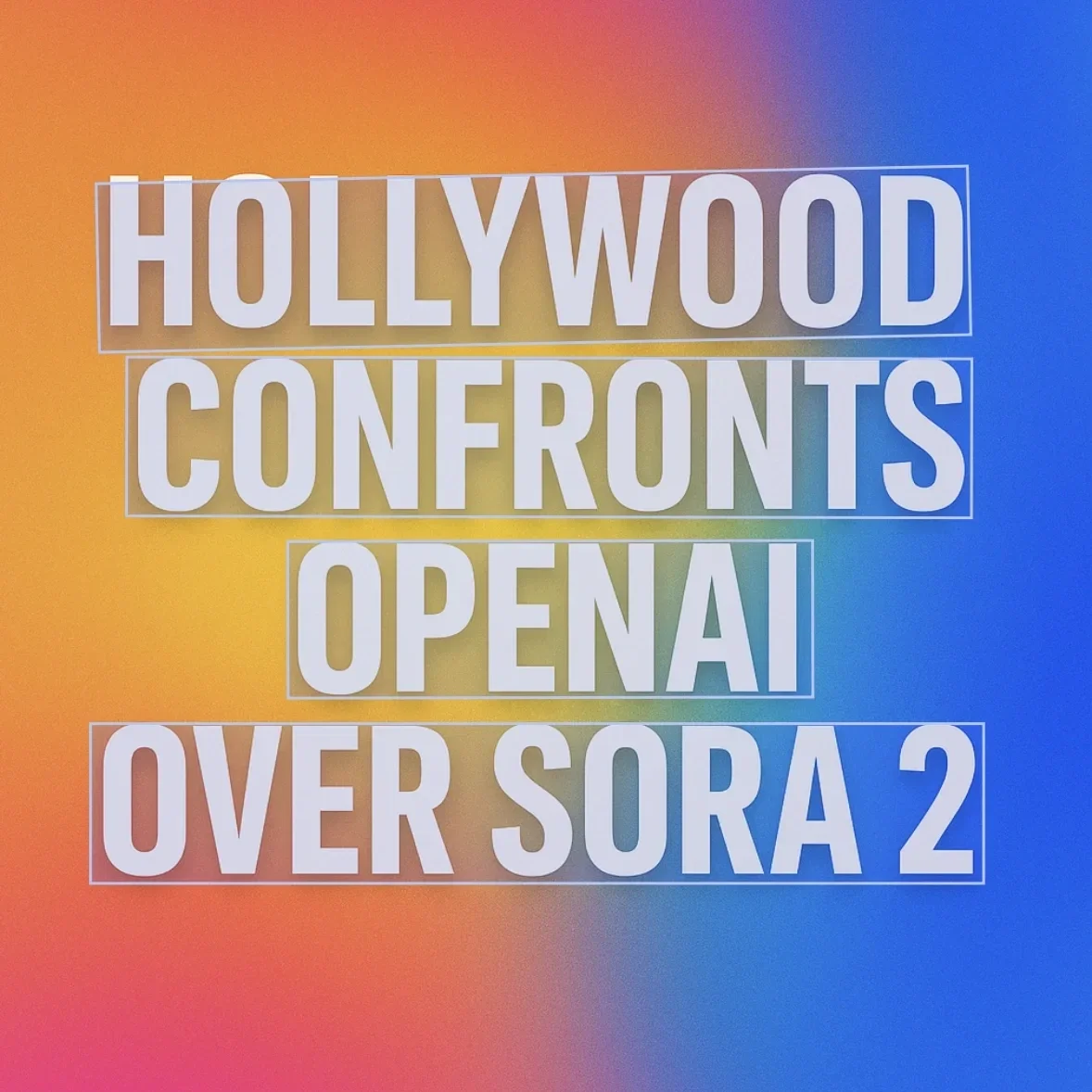Hollywood Confronts OpenAI Over Sora 2
The Motion Picture Association has formally asked OpenAI to stop Sora 2 from generating copyrighted material. The group argues that the text-to-video model can reproduce protected scenes and visual styles without permission.
The MPA represents major studios including Disney, Warner Bros, Discovery, Netflix, and Paramount. In its letter to OpenAI, the association warned that Sora 2 could weaken copyright protections by allowing users to recreate cinematic imagery and sound design at professional quality.
OpenAI responded that its safeguards are designed to align with fair use standards and that additional filtering systems are under review.
The Clash Everyone Saw Coming
This moment was always on the way.
Sora 2’s ability to generate realistic video and audio from short text prompts is both extraordinary and controversial. The model can mimic camera movement, lighting design, and even the pacing and dialogue rhythm of existing films.
For creators, it feels like a new creative medium.
For rights holders, it looks like a large-scale duplication machine.
The tension sits at the center of a fundamental question: when an AI model learns from copyrighted material, is it studying or is it copying?
Why It Matters for Video Professionals
Whether you are a studio executive, an independent filmmaker, or a content creator, the outcome of this conflict will shape the next generation of production.
If OpenAI and the major studios reach an agreement, we may see the rise of licensed AI training libraries where visual data from approved titles can be used for creative generation under contract. This could create a new revenue stream for studios and open legitimate pathways for smaller creators to access high-end visual language.
If negotiations break down, studios could move to restrict AI training on all commercial film content. That would push AI developers toward synthetic or open-source visual datasets, which may produce results that are less cinematic and less grounded in recognizable style.
For working professionals, the legal direction determines how safely we can use AI tools like Sora 2 for concept art, previsualization, and experimental storytelling.
A Turning Point in Creative Ownership
The heart of this dispute is not about technology. It is about authorship.
When an AI model recreates a scene that feels like a Spielberg film or lights a face as if it were shot by Deakins, who owns that look? The filmmaker who inspired it? The artist who wrote the prompt? Or the company that built the model?
Until this is settled, production teams face an uncertain landscape. Studios will move cautiously. Independent creators will experiment freely. Lawyers will study every frame.
But make no mistake. The arrival of Sora 2 marks the start of a new era. It forces the film and television industry to define what originality means when machines can generate cinema on demand.
The Road Ahead
We are entering the negotiation phase of this transformation. Just as streaming once upended distribution and residuals, generative video will reshape the value chain of visual content.
Somewhere between the MPA’s legal caution and OpenAI’s creative ambition lies a future that can protect artists while still encouraging innovation.
For those of us in production, the best approach is to stay informed, experiment responsibly, and remain open to collaboration. Because the conversation now unfolding between Hollywood and OpenAI will determine how all of us create, license, and share moving images in the years ahead.

